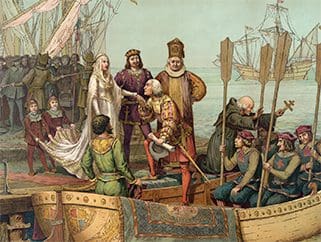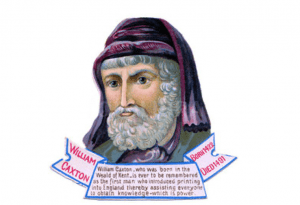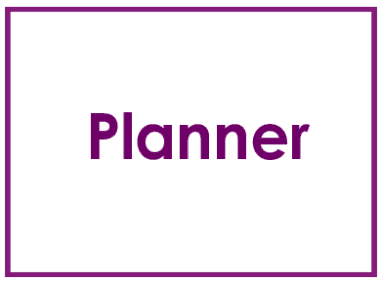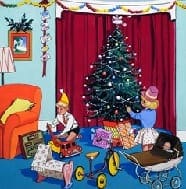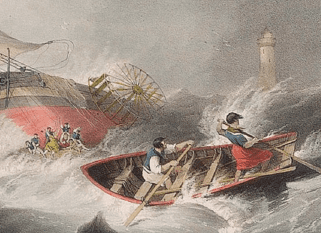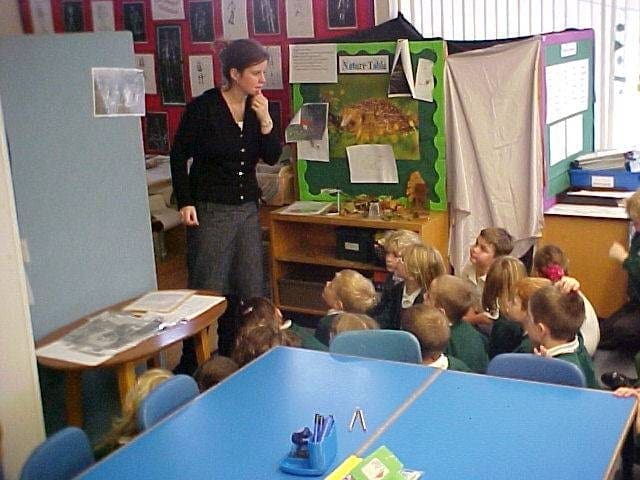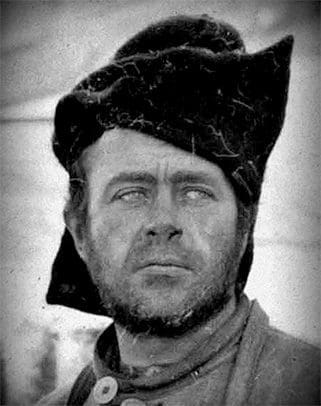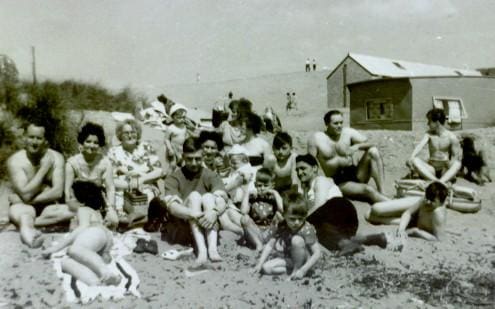
This lesson finds children producing a questionnaire, collecting data from grandparents, feeding data into a database and then drawing conclusions. When they then compare their findings with those of another parallel class they become aware that not all people’s experiences were the same.
How then to do we write about what seaside holidays were really like? A real problem of interpretations. Read on.
Learning objectives
- children learn to devise a questionnaire, asking relevant questions about grandparents’ experience of holidays 40- 50 years ago
- they learn to input simple data into a database and create simple graphs
- they draw basic conclusions from the graph about the most popular holidays in the past
- they grasp that the findings depend on who you ask. Not all classes’ results will be the same
Step1
Ask pupils to think of any way we could find out about holidays in the past without looking at a

